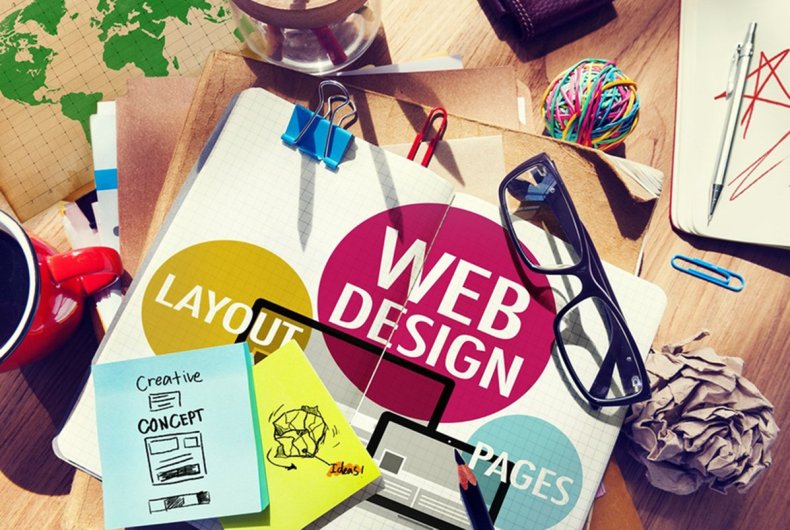 In many ways, we take technology for granted and often misuse it in what we think is creative. Technology has opened up creative floodgates but we are now drowning in content oceans. Courtesy connectivity, all creative inhibitions and barriers are lifted and the walls between the creators and the public are demolished. All of this would seem like good news for creativity but is it?
In many ways, we take technology for granted and often misuse it in what we think is creative. Technology has opened up creative floodgates but we are now drowning in content oceans. Courtesy connectivity, all creative inhibitions and barriers are lifted and the walls between the creators and the public are demolished. All of this would seem like good news for creativity but is it?
In this world of instant gratification, I attempt to answer the question of the instant — has technology made us more creative?
If ‘creativity is the ability to generate novel, impactful and useful ideas and innovation is the successful implementation of those ideas, it is tempting to suggest that technology has made us more creative’. The digital revolution has produced a large number of innovative platforms and tools. But is this equated by an identical increase in creativity among its users?
It is a controversial topic especially in the world of marketing and creativity. But let’s delve on it, after all the subject does require a lot more space and certainly more than 140 characters.
According to many, technology does not quell creativity but enhances it and provides the right tools for improving the creative ‘process’. Greg Satell suggests that technology allows us to cross domains or ‘conceptual spaces’ and therefore be exposed to a number of different techniques, approaches and philosophies and ultimately to different ways of thinking, thereby enriching the creative process.
Many great artists have resorted to this technique, most notably Picasso. Cubism was inspired by his exposure to African art, through his travels. Technology speeds up and widens the prospective of this creative process besides democratizing it for a larger audience, making it accessible and part of everyday life. We are now exposed, and have unlimited access to any subject, providing us with a much larger canvas to express our creativity on.
The convergence of ideas, trends and influences allows us to try many more combinations and possibilities, which some say will increase the chances of coming up with something truly creative, unique and therefore outstanding. Robert Weisberg in his book on creativity concludes that ‘outstanding creative work is tightly linked to prolific output’.
To put all this abundance in perspective, here are some telling social media statistics and facts – as of Feb 2017, total worldwide population was 7.5 billion; the internet has 3.7 billion users; there are 2.3 billion active social media users; 1 million new active mobile users are added every day; Facebook and Messenger handle 60 billion messages a day; 300 hours of video are uploaded to YouTube every minute; over 60 million photos are uploaded on Instagram every day; there are 500 million tweets sent each day and finally, there are over 300 million app available today.
There has been content explosion from tweets, photos and videos over the years but has this space been filled with creative content? Do these figures indicate a parallel increase in user creativity?
With 60 million photos uploaded daily on Instagram, there’s bound to be a few outstanding shots. With over 500 million tweets a day, I’m sure we’ll find a couple of funny ones. As one ordinary but articulate smartphone user put it, ‘I’m no photographer and I don’t really know what I’m doing. Technology has just levered some low-level desire within me to take pictures, facilitated it with simple tools, and bestowed upon me a warm, fuzzy feeling of creative fulfillment’. (Rhodri Marsden).
Most would agree that a significantly large part of the content being uploaded and shared is trivial, unoriginal, irrelevant and sadly far from memorable. The only thing that seems to have increased, and quite substantially so, is the users ‘self perceived creativity’ (Tomas Chamorro – The Guardian). This abundance of content also makes it all the more harder to read, research and extrapolate what is of relevant value. We’ve migrated into the paradox of ‘More is Less’.
In conclusion, has technology contributed to or hindered the creative process. Here’s an academic view from Mark d ‘Inverno on the subject:
‘Politically, it’s great that everyone feels that they can take part in the creative process. If people start to understand how, say, music is put together using simple tools that have to be great in terms of distributing knowledge. The danger comes if we think that that’s what it means to be creative. A lot of these technologies work in a way that gives us a quick reward, and we become addicted to the social status it gives us. But it also gives us the sense that life is easier than it is. To get good at anything requires effort.’
This column too, is part of a creative process that was enhanced by technology, for you to judge whether this content has value and whether or not this topic raises enough interest.
But if you have reached this far, I will take it as a ‘Like’.




